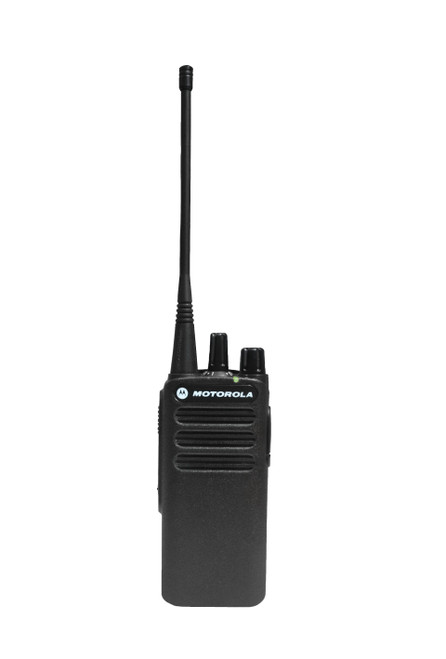
In the past century, radio has undergone a remarkable transformation due to advancements in technology. From its humble beginnings as a simple means of communication, radio has evolved into a powerful medium that entertains, informs, and connects people across the globe. In this blog post, we will explore the various ways in which radio has changed with technology, revolutionizing the broadcasting industry.
- The Birth of Radio:
Radio was invented in the late 19th century and quickly gained popularity as a means of wireless communication. Initially, radio transmissions were limited to Morse code signals, allowing for basic communication over long distances. However, the true potential of radio as a mass medium was yet to be realized. - The Rise of AM and FM:
With the development of amplitude modulation (AM) and frequency modulation (FM) technologies, radio broadcasting took a giant leap forward. AM radio, characterized by its long-range coverage and ability to penetrate obstacles, became the dominant form of radio in the early 20th century. FM radio, on the other hand, offered superior sound quality and became popular for music broadcasting. - The Advent of Digital Radio:
The digital revolution brought significant changes to the radio industry. Digital radio, also known as HD radio, offers improved sound quality, more channels, and additional data services. It allows broadcasters to transmit text, images, and even interactive content alongside the audio signal. Digital radio has enhanced the overall listening experience and opened up new possibilities for content creators. - Internet Radio and Podcasting:
The emergence of the internet has revolutionized the way we consume media, and radio is no exception. Internet radio platforms and podcasting have gained immense popularity, providing listeners with a vast array of content choices. Internet radio allows for global access to radio stations, breaking down geographical barriers. Podcasting, on the other hand, enables on-demand listening and personalized content selection. - Radio in the Mobile Age:
The proliferation of smartphones has further transformed the radio landscape. With the advent of mobile apps, listeners can access radio stations and podcasts anytime, anywhere. Streaming services like Spotify and Pandora have also integrated radio features, allowing users to discover new music and customize their listening experience. Mobile technology has made radio more accessible and personalized than ever before.
Conclusion:
Radio has come a long way since its inception, adapting and evolving with technology. From the early days of Morse code to the digital age of internet radio and mobile apps, radio has remained a powerful medium for communication, entertainment, and information dissemination. As technology continues to advance, we can expect radio to further innovate and adapt, ensuring its relevance in the ever-changing media landscape.




